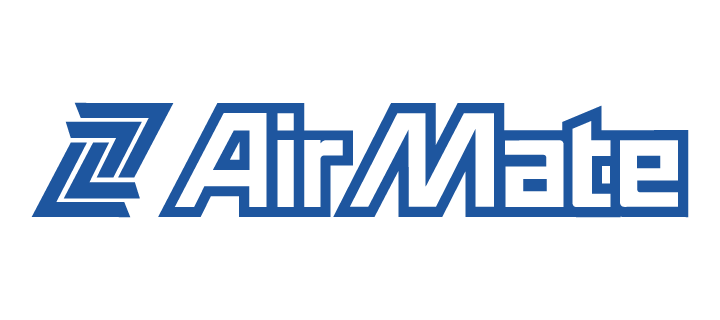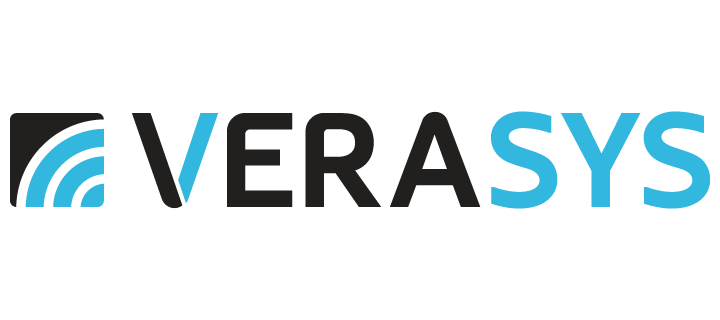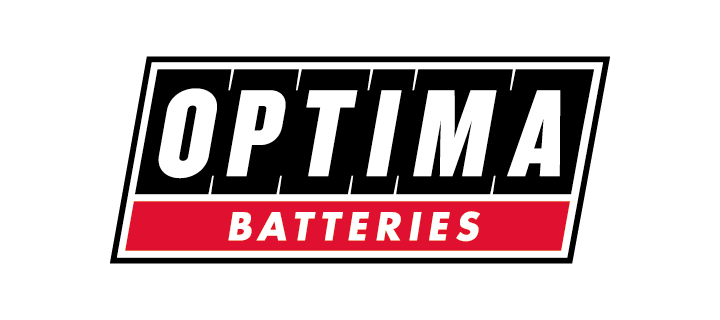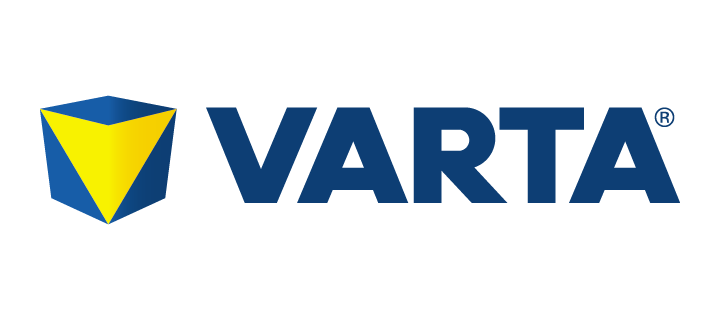Case Study
Coast Bank of Florida
For many enterprises today, access controls are more critical to protect customer and corporate information as compared to facilities and property. There are logical security answers, of course, to guard customer data. But there also are essential physical security strategies.
One example: Coast Bank of Florida. When it moved the operations center, an important aim was to ensure tighter security controls to protect customers against identity theft and ensure compliance with the federal Gramm-Leach-Bliley Act (GLBA) to prevent the disclosure of clients’personal information.
Instead of using a cumbersome key-based system, the bank hired InteliTech Systems Integration (ISI) of Largo, Florida, to select an updated solution. ISI chose to install Kantech-branded access control software, proximity card readers, and controllers from Tyco Fire & Security of San Diego.
“The products offer enhanced security and are easily scalable. We can handle two doors or thousands of doors without changing the software by simply updating the firmware directly,” said Ron Norton of InteliTech Systems Integration. “(Such) solutions offer our customers powerful technology at a cost-efficient price point. It’s a great value, combining security and building automation,” added Norton.
Security System Criteria
Coast Bank provides corporate and personal banking services to individuals and small- to mid-sized businesses throughout the Tampa Bay area. Like all financial institutions, the bank is required to protect the security and confidentiality of customers’ personal information as part of a Congressional mandate known as GLBA. They take this duty very seriously. “We have a responsibility to protect our customers’ information,” said Larry Witt, vice president of IT at Coast Bank. “For example, in our deposit services area, employees could easily have confidential information on their desks, so we need to prevent unauthorized personnel from accessing those areas.”
The bank occupies three floors in a six-story building. Since only employees of the bank would be using the card access system, it was important that the security system be wired separately from the building’s alarm system for the safety of all of the building’s tenants. It also needed an integrator with experience working with fire marshals and elevator vendors to ensure smooth installation in the facility’s elevators.
Secure Card Readers
ISI installed more than 20 Kantech proximity card readers at the entry points of sensitive areas as well as readers at all perimeter doors, including two elevator cabs. The company selected proximity because it finds they are user-friendlier than swipe card systems, which can be inconvenient for users whose cards may eventually become demagnetized.
The cabling installation was not as straightforward as the access control solution. “Multi-floor cabling is always a challenge,” explained Norton. “In addition, because the project occurred after the building was constructed, it was important that we handle the installation with as little disruption to bank employees and tenants as possible.”
ISI took the project one step further, installing the entire access control system through structured cabling within one rack.
They installed the controllers in large cabinets with distributed power supplies and backup equipment for ease of maintenance. The entire system runs on a generator circuit for greater reliability and security. All the equipment is within a small footprint in the IT room. “The installation was a very pleasant experience,” Witt said. “ISI performed the work during office hours with no impact on our employees. We dealt with many vendors in our operations center build-out. ISI was the most accommodating.”
Approximately 60 bank employees and 50 building tenants have been issued proximity cards. The cards are used to gain entry to public doors after hours, and to access secure areas.
Central Access Control
Security officials centrally manage all of the door readers using Kantech EntraPass Corporate Edition software and badging solution. In the previous building, the bank would have to change door locks if an employee was terminated and didn’t return their key. Today, if an employee leaves the company or loses his or her badge, the IT staff can instantly deactivate the proximity card to prevent any potential unauthorized access. With software in place, the bank can also conduct advanced monitoring with real-time access to information about the status of each door.
“The software uses an intuitive, common Windows format so there’s little training needed,” Norton said. Witt agreed: “It’s extremely flexible and user-friendly. If there’s an incident reported we can easily see who opened a door and at what time to ensure managers and building tenants know who has accessed the facility after hours.”
“We’re very pleased with the reliability and flexibility of the access control system,” Witt said. “We’re better able to protect confidential information from falling into the wrong hands.” Bank officials are now considering integrating time and attendance tracking into the access software as well.




























.png?la=en&h=70&w=157&hash=717A494A27ED61C45CEF95AC3A9C6309)




























